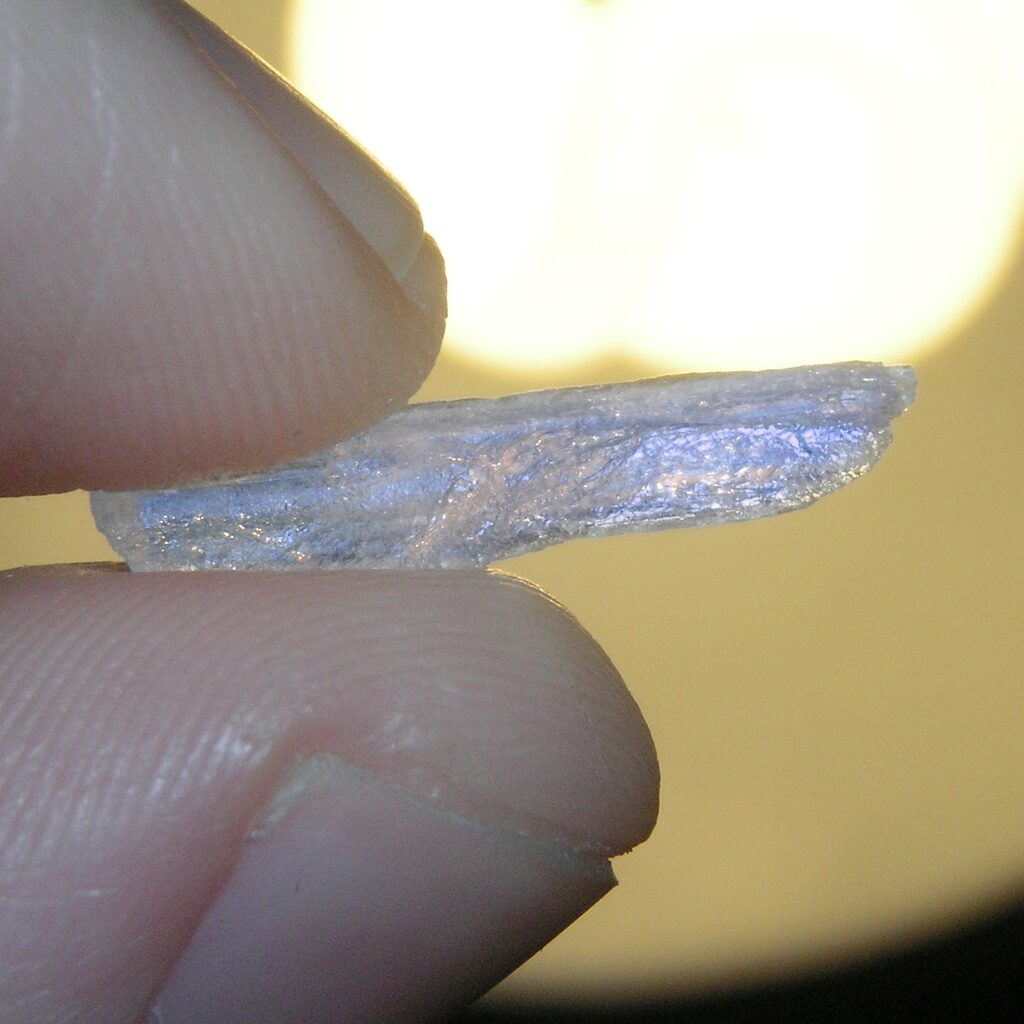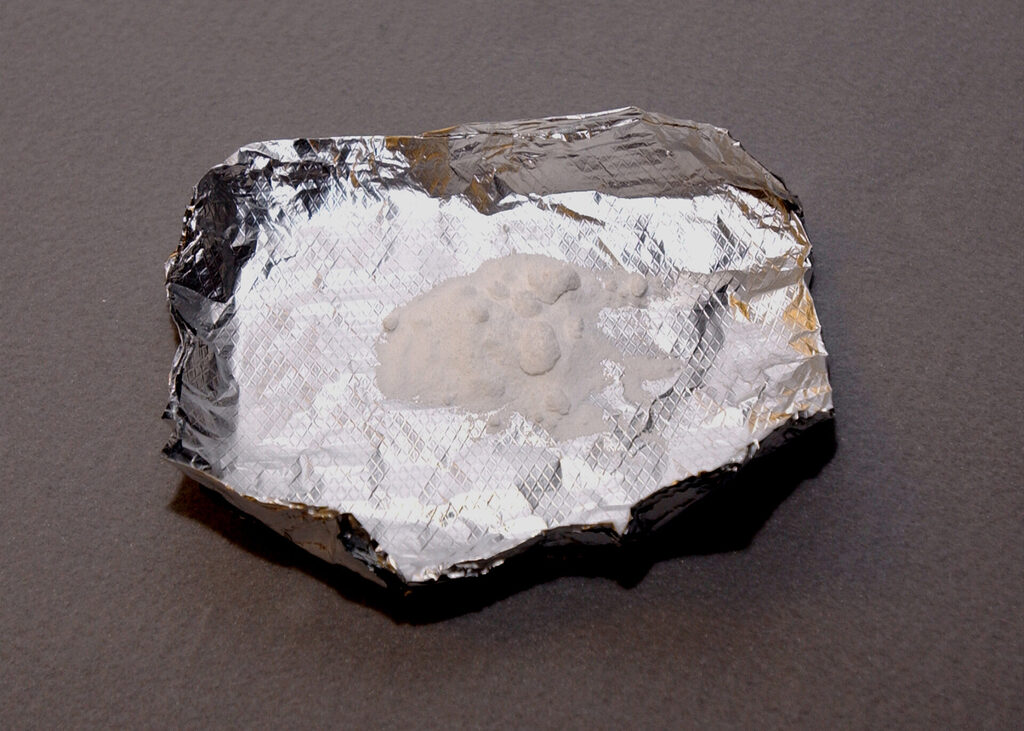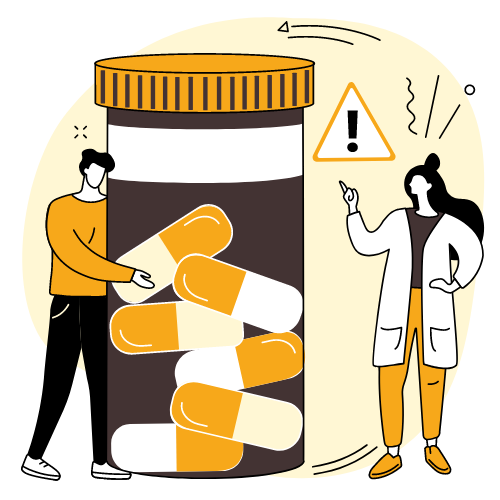Methamphetamine, commonly known as meth, is a powerful and highly addictive stimulant that affects the central nervous system. Understanding how long meth remains in the system, particularly in urine, is crucial for individuals seeking recovery and for those involved in drug testing procedures. In this comprehensive article, we will delve into the specifics of meth detection in urine tests, the factors that influence its presence, and the dangers associated with meth use.
Understanding Meth and Its Effects on the Body
Methamphetamine is known for its rapid onset of euphoria, increased energy, and heightened alertness. However, these short-term effects come with significant risks, including long-term health issues, addiction, and detrimental impacts on mental and physical well-being. When someone uses meth, it quickly enters the bloodstream and reaches the brain, causing the release of high levels of dopamine, which contributes to the drug’s addictive properties.
How Long Does Meth Stay in Urine?
How long can meth be detected in a urine test? Generally, meth can be detected in urine within 2-5 hours of use and may remain detectable for up to 3-7 days. However, this time frame can vary based on several factors:
- Dosage and Frequency of Use: Higher doses and frequent use can extend the detection window.
- Metabolism and Body Composition: Individual metabolic rates and body mass can influence how quickly meth is processed and eliminated.
- Overall Health and Kidney Function: Healthy kidneys process and eliminate substances more efficiently than compromised ones.
- pH Levels of Urine: Acidic urine can expedite the elimination of meth, while alkaline urine can prolong it.

Testing for Meth in Urine
Urinalysis is the most common method for testing methamphetamine presence. This test detects the presence of meth and its primary metabolite, amphetamine. Advanced tests can differentiate between methamphetamine and other similar substances to avoid false positives.
The Dangers of Meth Use
Methamphetamine is not only addictive but also poses severe health risks. Prolonged use can lead to heart disease, stroke, liver damage, and severe dental problems (“meth mouth“). The psychological effects include anxiety, confusion, and violent behavior. Chronic use can lead to addiction, characterized by compulsive drug seeking and use, despite harmful consequences.
What are the Side Effects?
Methamphetamine abuse can lead to a range of harmful side effects, affecting nearly every part of the body. Understanding these effects is crucial for recognizing the need for prompt treatment and recovery.
- Mental Health Issues: Chronic meth use can lead to severe mental health problems, including paranoia, hallucinations, and delusions. It can exacerbate existing mental health conditions and may lead to the development of psychotic features, some of which may persist even after stopping the drug.
- Physical Health Decline: Methamphetamine use significantly impacts physical health. Users may experience extreme weight loss, dental problems, skin sores from scratching, and an increased risk of infectious diseases due to a weakened immune system and risky behaviors.
- Cardiovascular Problems: Meth use is associated with an increased risk of heart problems, including irregular heartbeats, increased blood pressure, and an elevated risk of heart attack and stroke. The stimulant effects of meth can put extreme stress on the heart and blood vessels.
- Neurological Impact: Meth can cause long-term damage to the brain’s dopamine system, impairing verbal learning and reducing motor speed. It may also cause changes in the brain’s emotion and memory processing centers.
- Dependency and Addiction: Meth is highly addictive, and users quickly develop a tolerance, leading to increased use and dependency. Withdrawal symptoms can be severe, including depression, anxiety, fatigue, and an intense craving for the drug.
What is “Meth Mouth?”
One of the most visually disturbing side effects of meth use is “meth mouth,” a term used to describe the severe dental decay and gum disease often seen in chronic users. This condition is characterized by extensive tooth decay, tooth loss, and gum disease. Factors contributing to meth mouth include the drug’s acidic nature, dry mouth, poor oral hygiene, and a tendency for users to consume sugary drinks and neglect dental care. The damage is often severe and can lead to significant oral health issues, impacting both appearance and overall health.

Seeking Help at Texas Recovery Centers
If you or someone you know is struggling with methamphetamine addiction, it’s crucial to seek professional help. Texas Recovery Centers offers comprehensive treatment programs tailored to individual needs. Our motto, “Live out your best future,” reflects our commitment to supporting our clients in overcoming addiction and rebuilding their lives.
For more information or to get started on the path to recovery, call Texas Recovery Centers at 888-354-2194. Our team of experts is here to help you live out your best future, free from addiction.













